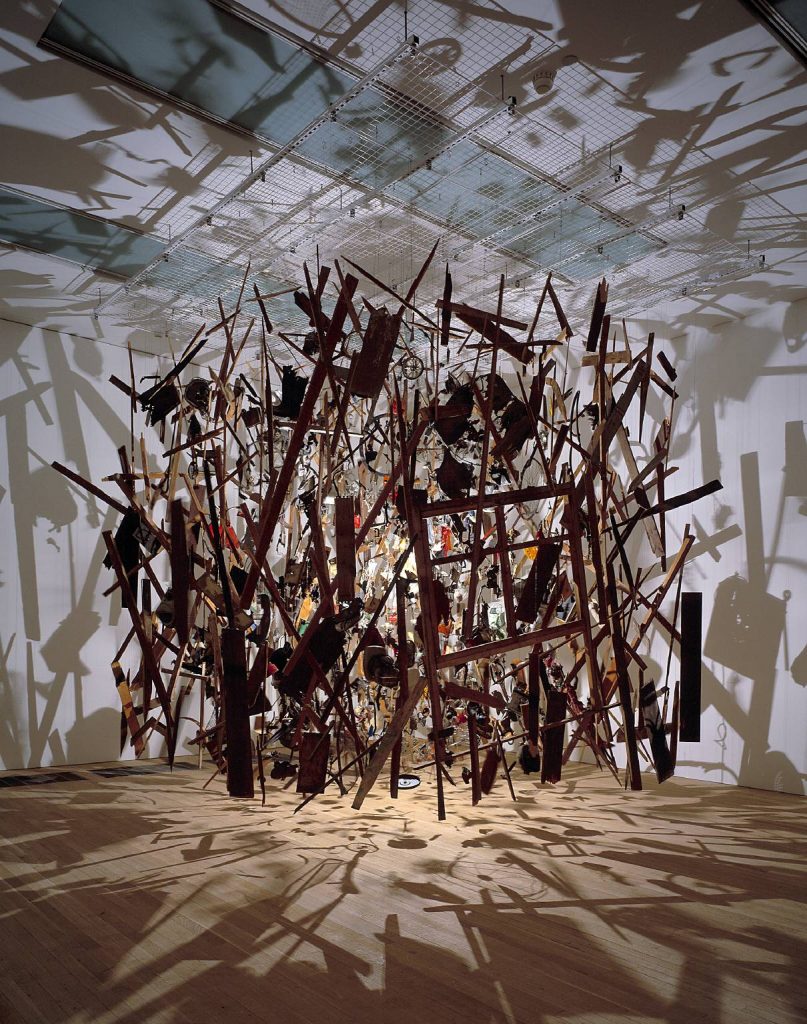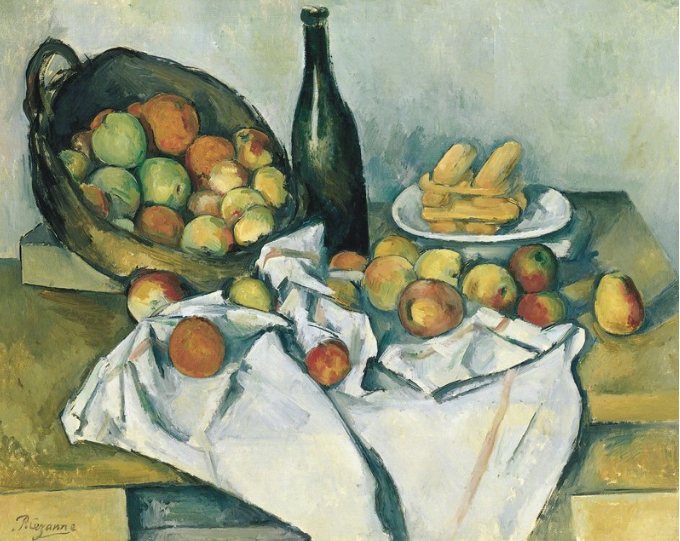A dozen not-to-be missed exhibitions around the country this coming year selected by Graham Hooper.
As is traditional now for me in Ink Pellet, wishing you new year’s greetings for 2022, it gives me great pleasure to bring you the best of the year ahead in art. It’s another bumper year, back to the good old days it seems, pre-Covid, of BIG shows up and down the country to visit with students and colleagues. My round up offers you a dozen of the brightest exhibitions, with a range of media, though I’m aware that I favour painting somewhat. I’ve found myself working in sketchbooks again over the last month so perhaps it reflects my desire (and need?) to get back to the basics of mark-making, even though I’ve been a photographer teacher by trade for some years now. That’s not a bad thing though – pencil on paper to begin things. I’ve also tried hard to reflect the national picture, so I’ve included exhibitions from Liverpool to Milton Keynes.
So, let’s kick off with a couple of shows that are already on at the time of writing (the very start of the new year, but hopefully continue far enough for you to see them, if not with a school group, then alone or with a friend for inspiration). Walter Sickert: A Life in Art is on at the Walker Art Gallery in Liverpool until the 27th February. Widely suspected of being the London Ripper, this massive show focuses thankfully on his wonderful depictions in paint and pencil of the City of London at the beginning of the 20th Century. It was this time and place he was determined and fully committed to exposing, often much to the consternation of society at large. The gallery has the largest collection of his drawings in the world, and his apprenticeship with the American painter Whistler is clearly visible throughout his work, as is the influence of Degas.

Also still well worth catching if you can is Helen Frankenthaler: Radical Beauty at Dulwich Picture Gallery until April 18th. The American Abstract Expressionist has had no less than three exhibitions devoted to her work in London since the summer, but this could be the best, centring as it does on her Woodcuts. Using sandpaper and dentist’s drills to interrupt the surface, these often large-scale prints create dazzling colour effects; they seem to defy the process, which is more commonly associated with hard-edged shapes. Softened pastel shapes appear to float in layers, often revealing the wood grain behind. This show is a real winner.

IMAGE ABOVE: Cornelia Parker, Cold Dark Matter- An Exploded View 1991. Tate. © Cornelia Parker
IMAGE BELOW: Francis Bacon, Study for Bullfight No 1, 1969
We move on now to Francis Bacon: Man and Beast at the Royal Academy (29th January – 17th April) which takes as its starting point the artist’s fascination with animals. Expect a range of beasts, from bulls to apes and birds. The son of a horse breeder, his near obsession with Eadweard Muybridge’s photographic studies of animal movement is clear to see. It’s a chance to see his last ever painting, and well as some of his very earliest pictures.
Van Gogh: Self-Portraits at the Courtauld, again in London, will be a very popular show to visit (3 February – 8 May) includes around half of all the self-portraits he ever made, and feature ‘Self-Portrait with Bandaged Ear’ from 1889 from the gallery’s own collection, as well as other images rarely lent from around the world.
One of my personal favourites will be the Barbican’s Post-war Modern: New Art in Britain 1945 – 1965. This is a massive undertaking, with painting, sculpture, photography, collage and installation all on display, exploring the effect of the blitz particularly on the work of European refugees and female artists of the time. Uncertainly and hope will no doubt be evident so it will feel timely and very relevant today.
Robert Indiana is most famous for his series of LOVE paintings and sculptures with the slanted letter O in a square format. A retrospective of his sculptures (1958-2018) will have these and much more at Yorkshire Sculpture Park from March 12th until the beginning of 2023; his sharp primary hues contrasting beautifully against the natural outdoor setting.
In February (17th until May 29th) London’s Whitechapel is presenting a very unusual show that investigates A Century of the artists’ studio 1920-2020 (both public and private). Be it attic or kitchen table, factory or prison, the hive of creative activity will be documented in a range of media, but not least films, plus recreated ‘studio corners’ should be very exciting to see, again with big names featured.
Back to the Dulwich Picture gallery for Reframed: The Woman in the Window (4th May – 4th September) which will take in artists as wide-ranging as Rembrandt and Rachel Whiteread, and look at the varying responses to the theme that span empathy and voyeurism.
An artist I always look out for because of her continued insight, invention, ambition and wit is Cornelia Parker, who will have a long-overdue retrospective at Tate Britain (18th May to the 16th October). Centre stage will be her varied suspended installations of destroyed or damaged every objects such as a silver service table set and garden shed, as well as her monumental collaboratively embroidered ‘Magna Carta’, 2015. I won’t miss this show and pupils will find lots to enjoy and engage with.
Over the Summer Milton Keynes Gallery will be displaying some of the 3,000 prints from more than 100,000 negatives from over 2,000 rolls of film by Vivian Maier, that were discovered in a Chicago auction house in 2007. Now recognised as a significant photographer, and celebrated finally around the world, though virtually unknown in her lifetime, these black and white square images by this secretive nanny document American street life and her travels as far as Egypt and Italy in the 1950’s and 60’s. It should complement the Van Gogh show very well if you’re shrewd enough to see both.
Lucian Freud: New Perspectives at the National Gallery (1 October – 22 January 2023) will be another chance to see work spanning seven decades of imagery for the first time in a decade. The exhibition aims to look beyond the infamy of his personality to deep dive into the painter’s exploration of painterly technique and devotion to detailed observation of the figure. Again, his often large-scale portraits will give teachers a chance to study the figure and face with classes, as Freud would more often than not look to friends and family for his subjects to scrutinise. I always think that he is a good example to use when considering the development of a figurative artist over a long period of time as his early drawings and etchings, similarly to teenagers beginning to understand and refine their practice, includes common weakness in scale and proportion that get ironed out over the course of time. Students have much to gain from seeing hard work progressively pay off!
Tate Modern’s big show this year is a career spanning exposition of the French painter Paul Cezanne (6 October – 12 March 2023). Moving from the rural south to the bustling capital this show highlights one of the towering figures of the 20th century, who tackled every genre, and created much of what we now understand to be Modernism. My old art teacher described him as the very best painter of nothing, meaning that he was able to define pure space more clearly than any other artist before or since. You’ll be able to judge for yourself this year.
My last selection is an online exhibition running from 18th June to 17th November at Leeds University Brotherton Gallery. The Cottingley Fairies: A Study in Deception. It is around 100 years ago that the writer of Sherlock Holmes, Sir Arthur Conan Doyle presented ‘evidence’ of ‘real’ fairies to the world, only later to realise he and everyone else had be truly duped by two young girls using scissors and glue at the bottom of their garden to create these magical creatures and elegantly photograph them. The university’s special collection holds almost all the most important documents and materials associated with this now famous hoax. What may seem supremely crude now, in an age of Photoshop, at the time was utterly convincing to many. In an era still coming to terms with ‘Fake News’, this superbly and skillfully presented online site will give plenty of opportunity for young hands to shape their own fantastical creatures and record them with their cameras.
So, there we have it. Twelve shows for the next twelve months. We will all be hoping for a year ahead that is somewhat more settled and uneventful (oddly) that the previous two. March will mark the day when I sent classes home, not to be seen again for the remainder of the academic year. This year having no examined component again at GCSE or A-level will come as a blessing after another interrupted teaching year. I wish you all a marvelous year. There is so much to gain from seeing art in person, so it has been sorely missed for us all.



